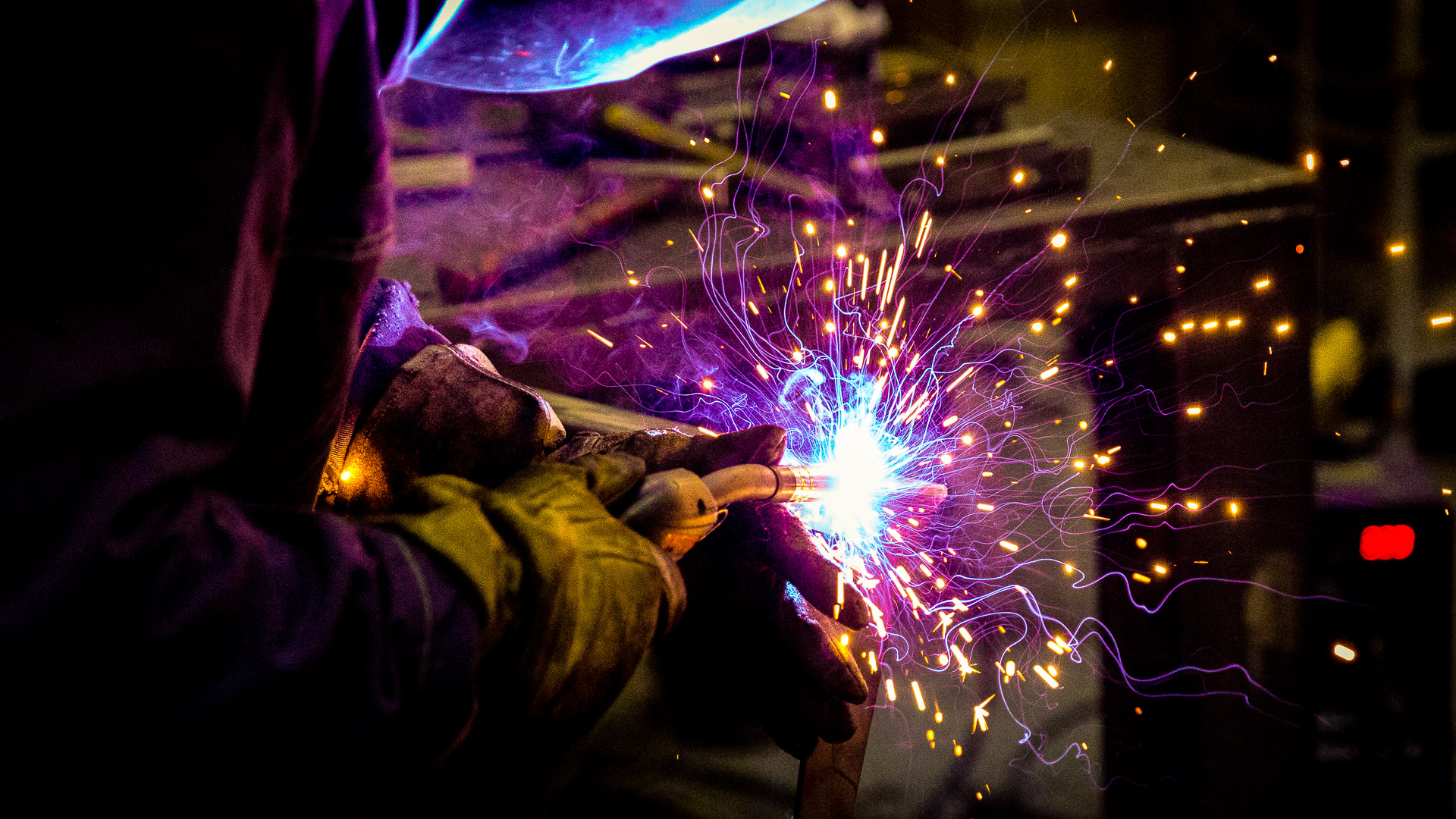At Perfolux, the finished quality is vital to the success of your business. Our engineers will spend a significant amount of time developing the specifications for your product, including developing the exact welding parameters for each part of the process.
But how important are these parameters to the quality of your finished product? Using improper parameters can lead to excess spatter, creating a need for additional cleanup of welds. A cold weld will sit high above the surface of the metal work and result in lack of fusion in the weld root, creating a weak joint and requiring time-consuming cleanup. Here are some examples of how amperage, voltage and wire feed speed can affect the finished weld if the welding parameters are not properly set.
Welding
Welding is a seemingly easy task, but it’s one of the most difficult skills to master in a production environment. Read below to see the complexities of welding.
Amperage
Provided that the travel speed is correct, the amperage determines the level of penetration and size of the finished weld bead. The amperage is determined by the thickness of the pieces being welded and dictates the wire gauge used. Setting amperage below the parameter is likely to give you a tall, narrow weld bead that has little penetration, giving you a weak joint. The weld will be hard to start and the arc will tend to drift to one side of the joint instead of joining both. If the amperage is set too high, it will give you a bead that is wide, flat and irregular, and it’s very easy to end up with excess spatter.
Voltage
With all other things being equal, voltage determines the profile of the weld bead. If it’s too low, the bead will sit up on the surface of the piece and produce excessive spatter, requiring significant amounts of grinding or cleanup work to flatten the face of the piece and creating a possible point of failure due to poor penetration of the weld into the joint. If it’s too high, it will form a wide, flat bead that has inconsistent penetration and poor arc control, providing poor welds in the finished product, and can cause a high amount of spatter, requiring more grinding and cleanup to produce a usable piece. High voltage can also cause sagging welds, and thinner metals may show signs of distortion from the excess heat.
Wire Feed Speed
In MIG welding, the wire feed speed determines the current used to create the weld. Much like voltage, a speed that is too high will create a bead that will sit on the surface of the piece and create excessive spatter, requiring significant cleanup, as well as an excessively wide bead with poor penetration and a strong possibility of burn through. If the speed is too low, you’ll end up with a narrow bead that can take a concave shape, also requiring a lot of extra grinding and clean up. In general, a 1/4″ to 3/8″ electrode extending from the tip is about right, but will often be further tested and documented by our welding engineer supervising the settings and specifications.

